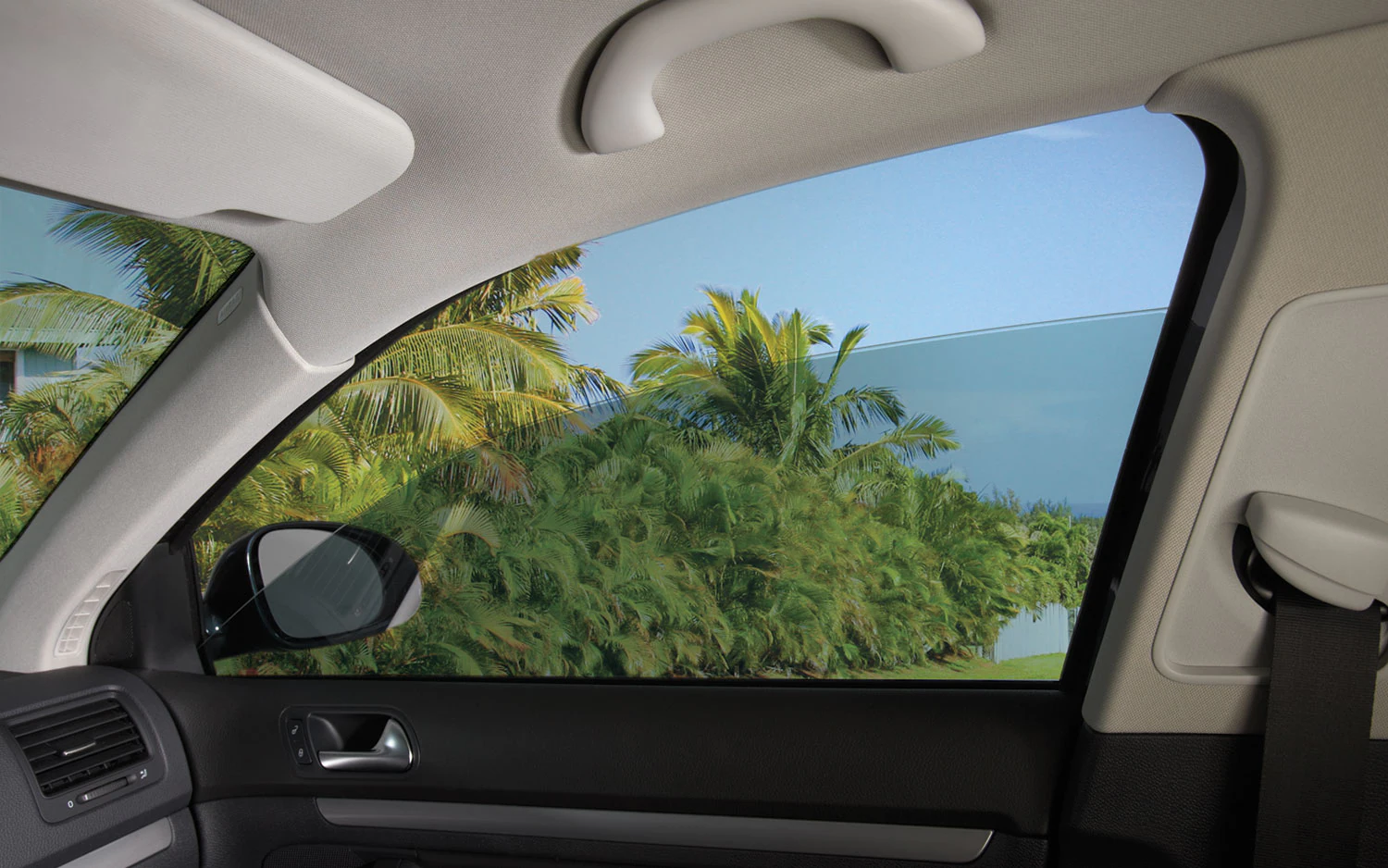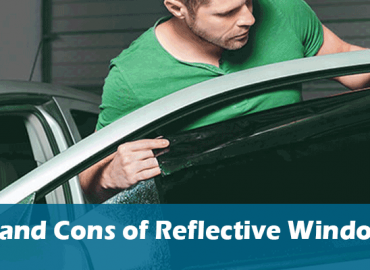You’ve probably heard of car window tinting. It’s a popular way to make your ride look cooler, but did you know that it also provides some practical protection from harsh UV rays? It’s true. Not only can car window tinting keep your vehicle looking great and block the sun’s harmful rays, but it can also help reduce heat inside your vehicle, giving you an extra dose of comfort.
But before you make any decisions about car window tinting, you’ll want to know more about the technology and how it works. In this article, we’ll be taking a closer look at the science behind car window tinting to see if it really does block UV rays and what other benefits it can offer. We’ll discuss how different types of tinting provide different levels of protection as well as how long these protective qualities will last. So if you’re considering getting your windows tinted, read on for all the facts you need to know.
How UV Rays Enter Your Car
You know the danger of UV rays they’re the nasty little things that cause sunburns and worst of all, skin cancer. The good news is, car window tinting can help reduce your exposure to UV rays and provide extra protection when you’re driving around.
UV rays enter your car in two main ways: through radiation and by reflection off other surfaces. Radiation is when sunlight hits your car, and reflection is when light bounces off a nearby object or surface like a building. You can drive in peace knowing that your car window tinting reduces sun damage by blocking out the majority of UV radiation.
The Dangers of UV Exposure
We all know the dangers of too much sun exposure. UV light rays can damage skin cells, which can lead to skin cancer and premature aging. Thankfully, car window tinting is a great way to protect yourself and your passengers from the harmful rays of the sun.
UV light rays are categorized into three types: UVA, UVB, and UVC. Car window tinting blocks 99% of all UV radiation, including both harmful UVA and UVB rays. This is because most window films have a layer that reflects the sun’s ultraviolet radiation back into the atmosphere, preventing it from entering your vehicle.
Furthermore, window films also reduce glare by allowing only a small percentage of visible light to pass through the window film. This means that you can safely enjoy being out in the sun without risking your health or having to squint due to glare on your car windows. With car window tinting service, you can be sure that you are well protected against UV rays. While still enjoying all the benefits that come with sunshine.
How Car Window Tinting Works to Block UV
You might be wondering how car window tint works to block UV rays. With most types of car window tinting, there are usually several layers involved to provide protection. Let’s take a look at what happens.
Reflection Layer
The top layer of the window film reflects convex rays away from the glass, helping minimize the amount of heat and light that enters the car cabin. This helps maintain your comfort level on both sunny and cold days.
Absorption Layer
The next layer absorbs UV rays like a sponge, blocking out up to 99% of all UVA and UVB radiation. This absorption layer also helps protect your vehicle’s interior from fading and cracking due to the sun’s rays.
Adhesion Layer
The adhesion layer is where all the layers meet to form a bond that will keep the window film in place in almost any weather condition. So you can be sure your windows won’t get foggy or peel off over time due to moisture or heat.
Altogether, this multi-layered system works hard to keep you comfortable and safe from damaging UV radiation. With long-term benefits for both you and your vehicle.
Not All Car Window Tints Offer UV Protection
You might be surprised to know that not all car window tints offer UV protection. In fact, many don’t. This is why it’s important to do your research when you’re considering auto window tint for your car, and make sure you know what kind of tint is being used.
When it comes to UV protection, look for tints with special components like titanium dioxide or ceramic particles. This will help ensure that your vehicle’s interior is protected from both UVB and UVA rays. UVB radiation has been linked to skin cancer in humans. While UVA radiation is what causes the faded look of exposed carpets and fabrics.
Check the UV Rejection Rating Before Choosing a Car Window Tint
When you’re considering car window tinting, you need to be aware that different tints provide different levels of UV protection. That’s why it’s important to check the UV rejection rating before choosing a car window tint.
The higher the number, the more effective the film is at blocking out UV rays. The rating typically ranges from 15% to 99%. Films with a higher rating are better for providing additional protection from UV rays. So if you want maximum protection, go for a film with a higher rating.
Be sure to note that lower-rated films don’t necessarily provide less privacy. So if you’re looking for both privacy and sun protection. You’ll need to read up on the tint’s ratings so that you know exactly what you’re getting.
Other Benefits of Car Window Tinting Beyond UV Protection
Okay, so car window tinting probably does block UV rays. But that’s not all it offers there are tons of other benefits to consider.
Temperature control
Window tints not only block UV rays, but they can also keep the inside of your car cool in the summer and warm in the winter. A good quality tint can reject up to 79% of the sun’s heat and infrared rays. Which helps keep your interior from heating up like an oven when you leave it parked in direct sunlight.
Increased safety
High-quality window tints don’t just keep your skin safe, they can also protect you and your passengers from flying debris. Like rocks and other objects kicked up by drivers behind you shattering glass windows. In a crash, window film can help hold shattered glass together. Which gives people inside more time to react instead of being exposed to broken glass.
Enhanced privacy
Window tinting provides an extra layer of privacy. While inside your car since it’s harder for prying eyes to look in through tinted windows than regular windows. This is especially ideal for those who want a bit more discretion with their belongings or conversation while on the road.
Related article: Thinking Of Getting Your Car Window Tinted? Read This First
Conclusion
At the end of the day, car window tinting is a great way to protect the inside of your car from UV rays and from excessive heat. It’s a great way to reduce glare and keep your car cooler, and it will also add a bit of style and privacy to your ride.
However, it’s important to do your research when it comes to choosing the right tinting film and tinting installer. Even the best tinting film won’t offer 100% UV protection, so make sure you choose a tint that is within legal limits and fits your vehicle’s needs. And, of course, always hire a reliable installer to ensure the job is done right.




